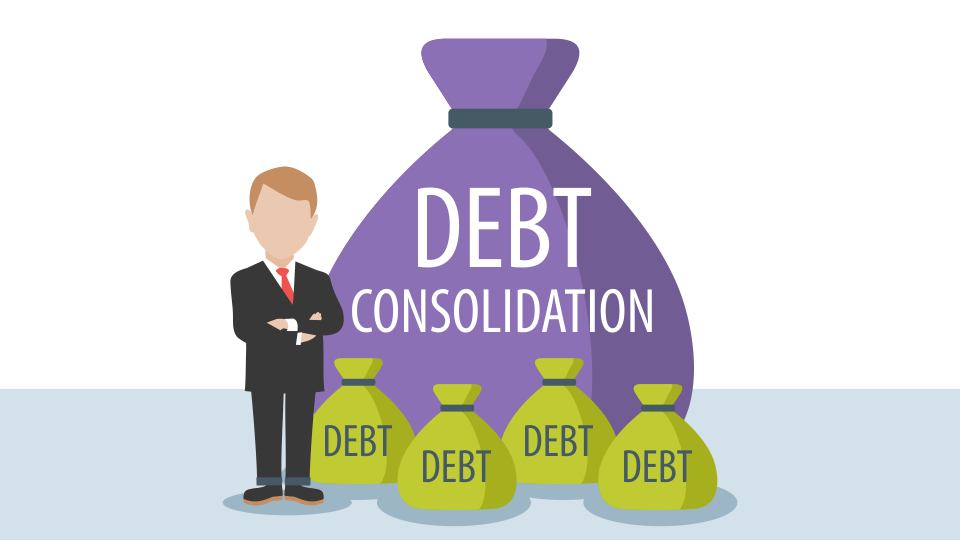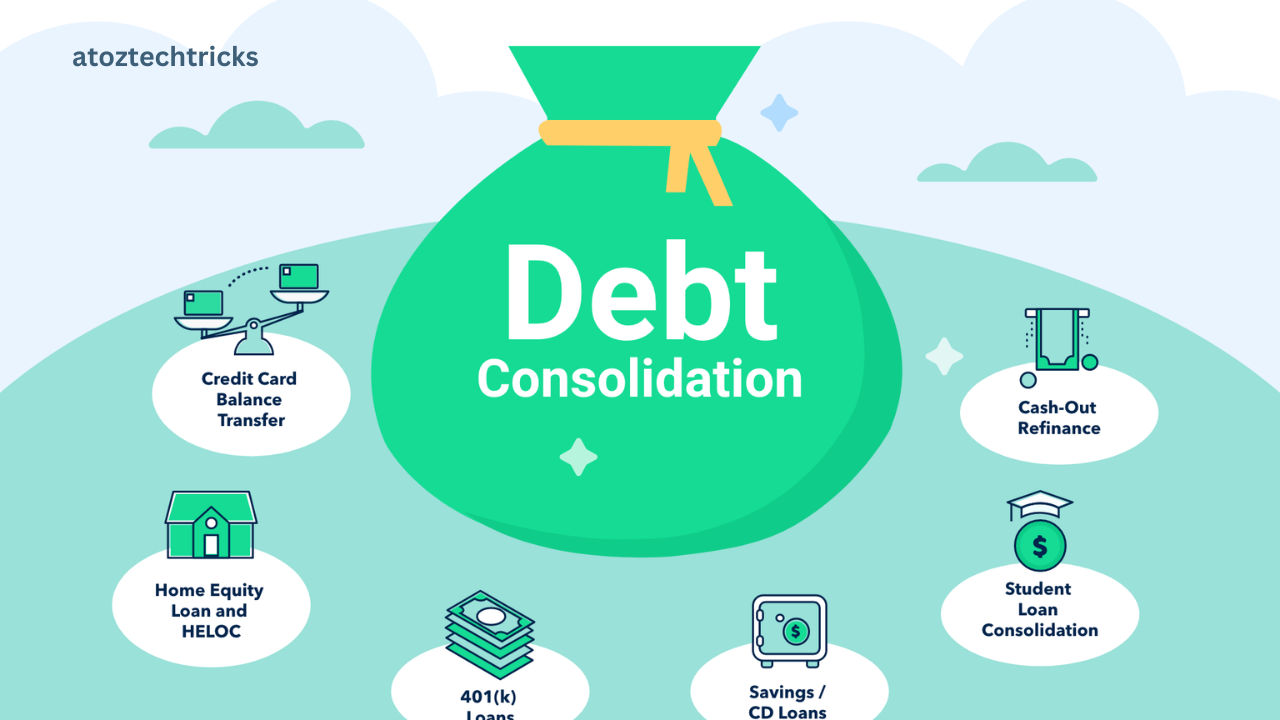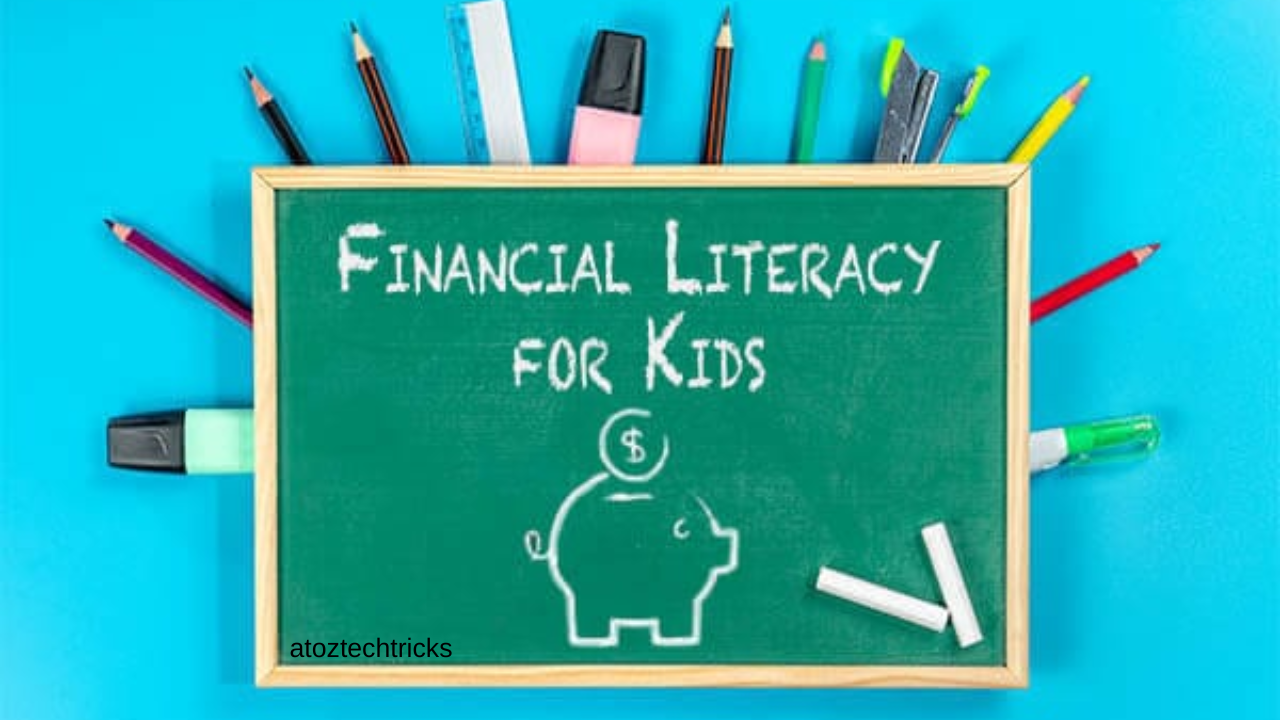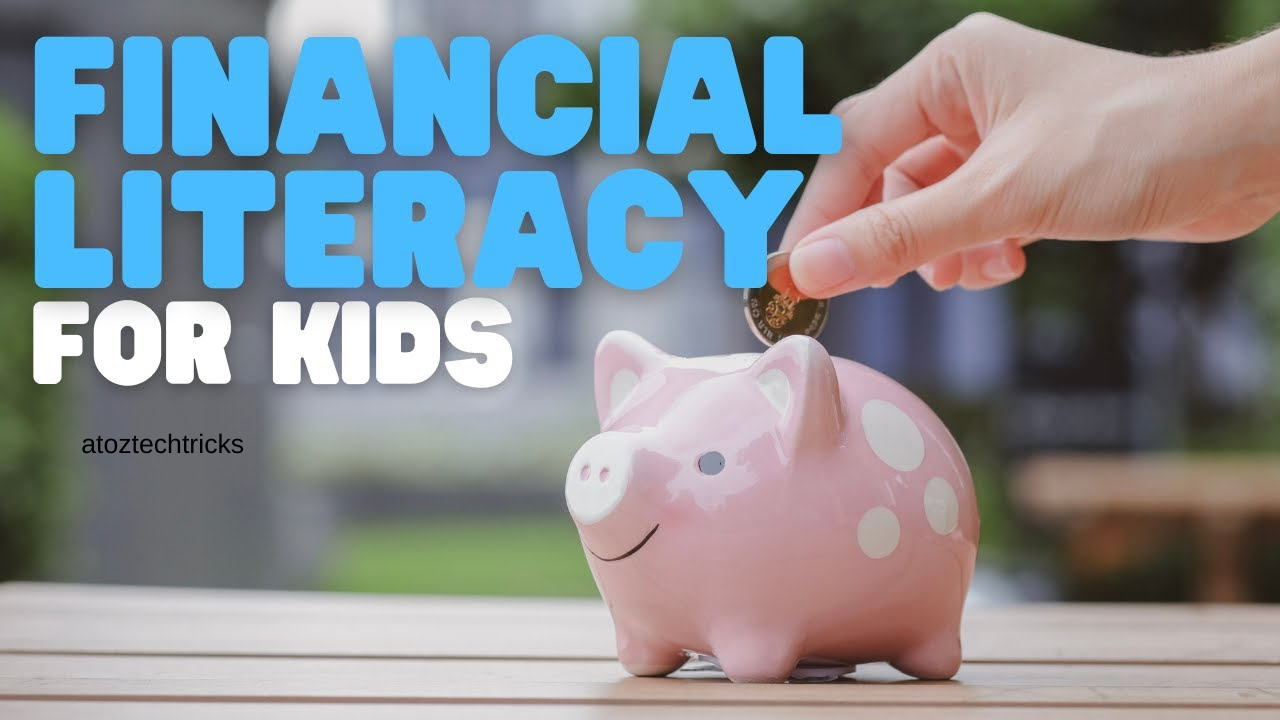Consolidating and Refinancing Debt: A Comprehensive Guide
Debt can be a heavy burden, affecting your financial well-being and peace of mind. For many, consolidating and refinancing debt offers practical solutions to manage and alleviate this financial strain. This guide will explore the intricacies of consolidating and refinancing debt, helping you understand which strategy may be best for your situation.
Understanding Debt Consolidation
Debt consolidation involves combining multiple debts into a single loan with one monthly payment. This strategy simplifies debt management and can often lead to lower interest rates and reduced monthly payments.
Types of Debt Consolidation
- Personal Loans: These unsecured loans are often used for consolidating high-interest credit card debt. They usually have fixed interest rates and set repayment terms.
- Balance Transfer Credit Cards: These cards offer a low or 0% introductory interest rate on transferred balances. They are a popular choice for consolidating credit card debt but typically require good credit to qualify.
- Home Equity Loans or Lines of Credit (HELOCs): By leveraging the equity in your home, these options can offer lower interest rates. However, they involve the risk of losing your home if you default.
- Debt Management Plans (DMPs): Managed by credit counselling agencies, DMPs consolidate your debt into a single monthly payment, often at a reduced interest rate. The agency negotiates with creditors on your behalf.
Benefits of Debt Consolidation
- Simplified Payments: Managing one payment instead of multiple debts reduces the likelihood of missed payments.
- Lower Interest Rates: Consolidation can lower the interest rate compared to the rates on your existing debts, saving you money over time.
- Reduced Monthly Payments: By extending the repayment period, your monthly payments can be lower, though this might increase the total interest paid.
- Improved Credit Score: Consolidating debt and making timely payments can improve your credit score, especially if it reduces your credit utilization ratio.
Drawbacks of Debt Consolidation
- Extended Repayment Period: Longer repayment terms can mean paying more in interest over time, even if the monthly payments are lower.
- Fees and Costs: Some consolidation options come with fees, such as balance transfer fees or closing costs on home equity loans.
- Risk of Increased Debt: Without addressing underlying spending habits, you might accumulate new debt while still repaying the consolidated loan.
- Potential Impact on Credit Score: Applying for new credit, such as a balance transfer card or a personal loan, may temporarily impact your credit score.

Understanding Debt Refinancing
Debt refinancing involves replacing an existing debt with a new loan, typically at a lower interest rate. This process can apply to various types of debt, including mortgages, student loans, and auto loans.
Types of Debt Refinancing
- Mortgage Refinancing: This involves replacing your current mortgage with a new one, often with better terms. Options include refinancing to a lower interest rate, changing the loan term, or switching from an adjustable-rate mortgage (ARM) to a fixed-rate mortgage.
- Student Loan Refinancing: By consolidating federal and/or private student loans into a new private loan, you may benefit from lower interest rates and simplified payments. Note that refinancing federal loans will forfeit certain borrower protections and benefits.
- Auto Loan Refinancing: This involves taking out a new loan to pay off your existing auto loan, potentially lowering your interest rate and monthly payment.
- Personal Loan Refinancing: Similar to debt consolidation, this involves replacing an existing personal loan with a new one that offers better terms.
Benefits of Debt Refinancing
- Lower Interest Rates: Refinancing can significantly reduce your interest rates, leading to lower monthly payments and total interest costs.
- Improved Loan Terms: You can adjust the term length of your loan, either extending it to lower payments or shortening it to pay off the loan faster.
- Monthly Payment Reduction: Lowering your interest rate can decrease your monthly payments, making your debt more manageable.
- Debt Management: Refinancing can simplify debt management by combining multiple loans into one with a single payment.
Drawbacks of Debt Refinancing
- Fees and Costs: Refinancing can involve fees, such as origination fees or prepayment penalties on the old loan.
- Extended Loan Term: Extending the term of your loan can reduce monthly payments but may increase the total amount of interest paid over the life of the loan.
- Credit Score Impact: Similar to consolidation, applying for new loans can impact your credit score temporarily.
- Loss of Benefits: Refinancing federal student loans, for example, may result in the loss of certain borrower protections and benefits.
Comparing Debt Consolidation and Refinancing
While debt consolidation and refinancing share similarities, they serve distinct purposes and may suit different financial needs.
Debt Consolidation vs. Refinancing
- Purpose: Consolidation combines multiple debts into one, simplifying payments. Refinancing replaces an existing loan with a new one, often to secure better terms.
- Loan Types: Consolidation options include personal loans, balance transfer cards, and home equity loans. Refinancing typically involves specific types of loans, such as mortgages or auto loans.
- Interest Rates: Both strategies can lower interest rates, but the type of loan and the interest rates available will vary depending on the method used.
- Monthly Payments: Consolidation may offer lower monthly payments through extended terms, while refinancing can reduce payments by lowering the interest rate.
Steps to Consolidate or Refinance Debt
- Assess Your Financial Situation: Review your current debts, interest rates, and monthly payments. Determine your goals, such as lowering monthly payments or reducing overall interest.
- Evaluate Your Options: Compare various consolidation and refinancing options. Consider factors such as interest rates, fees, loan terms, and eligibility requirements.
- Check Your Credit Score: Your credit score will impact your ability to qualify for favourable consolidation or refinancing terms. Obtain a copy of your credit report and address any issues before applying.
- Calculate Potential Savings: Use online calculators to estimate savings from consolidation or refinancing. Factor in any fees or costs associated with the new loan.
- Apply for Consolidation or Refinancing: Submit applications for the chosen consolidation or refinancing options. Provide necessary documentation, such as proof of income and credit reports.
- Review and Accept the Offer: Carefully review the terms of the new loan or consolidation agreement. Ensure that the terms meet your needs and that you understand the implications before accepting.
- Pay Off Existing Debts: If consolidating, use the new loan to pay off your existing debts. For refinancing, use the new loan to pay off the old one.
- Maintain Good Financial Habits: To maximize the benefits of consolidation or refinancing, avoid accumulating new debt and practice good financial habits, such as budgeting and saving.

Case Studies: Real-Life Examples
Case Study 1: Credit Card Consolidation
Sarah, a recent college graduate, had accumulated significant credit card debt with high interest rates. She decided to use a balance transfer credit card with a 0% introductory APR to consolidate her debt. By transferring her balances, Sarah reduced her monthly payments and avoided interest during the introductory period. She paid off her debt within the promotional period and improved her credit score in the process.
Case Study 2: Mortgage Refinancing
John and Lisa had a 30-year mortgage with a 4.5% interest rate. After refinancing to a 15-year mortgage at a 3.0% interest rate, they significantly reduced their monthly payments and the total interest paid over the life of the loan. The shorter term also allowed them to pay off their mortgage faster, saving them thousands in interest.
Case Study 3: Student Loan Refinancing
Emily had both federal and private student loans with varying interest rates. She chose to refinance her private loans into a single private loan with a lower interest rate. While she lost some federal loan benefits, the lower rate and simplified payments helped her manage her debt more effectively.
Retirement Planning: A Comprehensive Guide to Securing Your Golden Years
Tips for Successful Debt Management
- Create a Budget: Develop a budget to track income and expenses. Allocate funds toward debt repayment and savings to improve your financial stability.
- Build an Emergency Fund: Establish an emergency fund to cover unexpected expenses. This will help prevent additional debt accumulation in case of emergencies.
- Monitor Your Credit: Regularly check your credit report and score. Address any inaccuracies and maintain a healthy credit profile.
- Seek Professional Advice: Consider consulting a financial advisor or credit counsellor for personalized advice and strategies tailored to your situation.
- Stay Committed: Stick to your debt repayment plan and avoid taking on new debt. Consistency and discipline are key to achieving financial freedom.

Consolidating and refinancing debt can be powerful tools for managing your finances and achieving financial stability. By understanding the benefits and drawbacks of each strategy, you can make informed decisions that align with your financial goals. Whether you choose to consolidate your debts into a single loan or refinance an existing loan for better terms, the key is to approach these options with careful planning and a commitment to sound financial management.




Post Comment